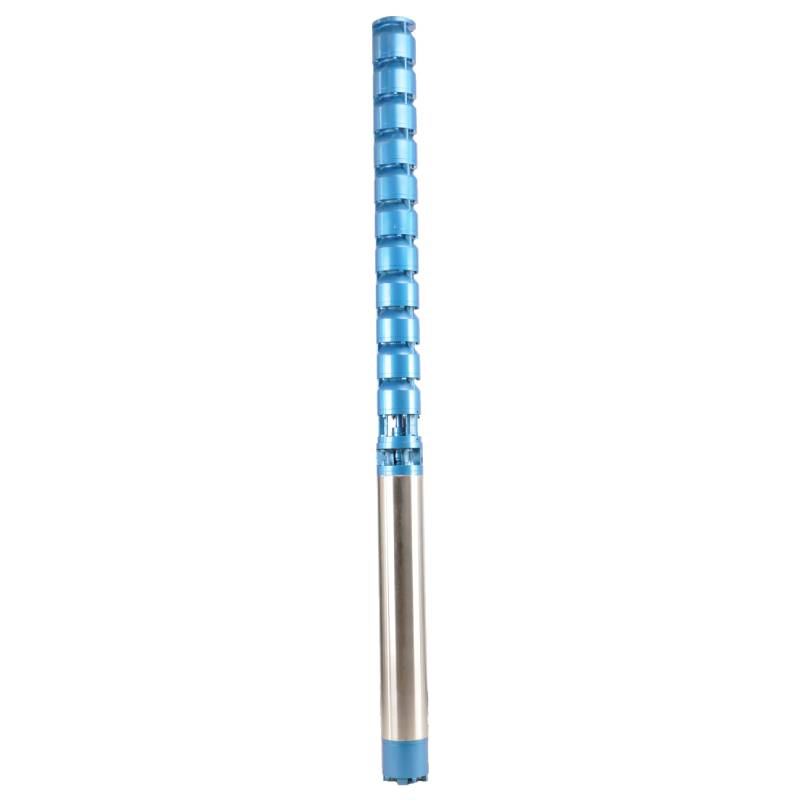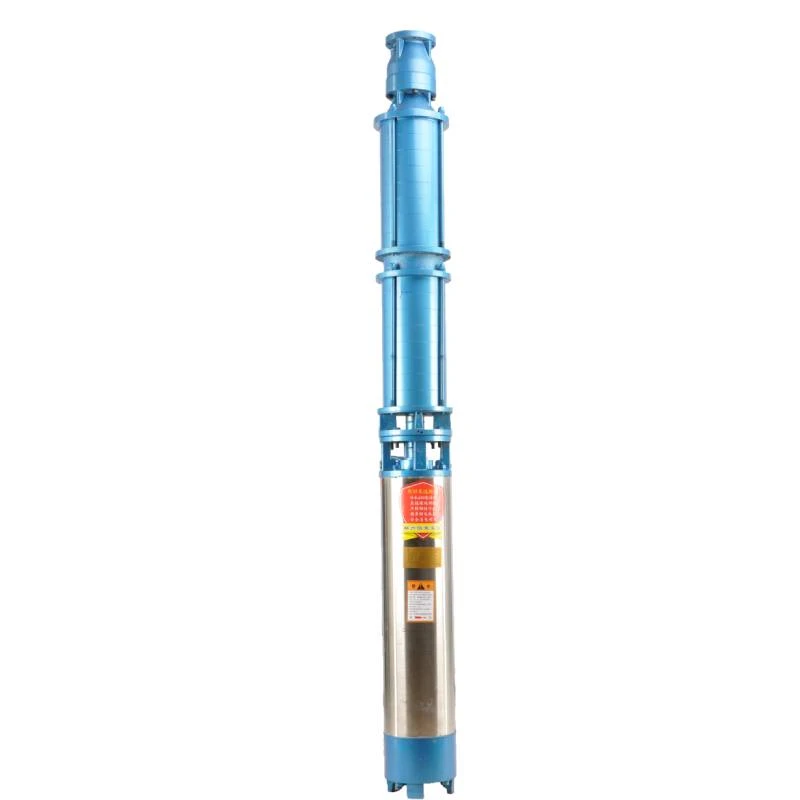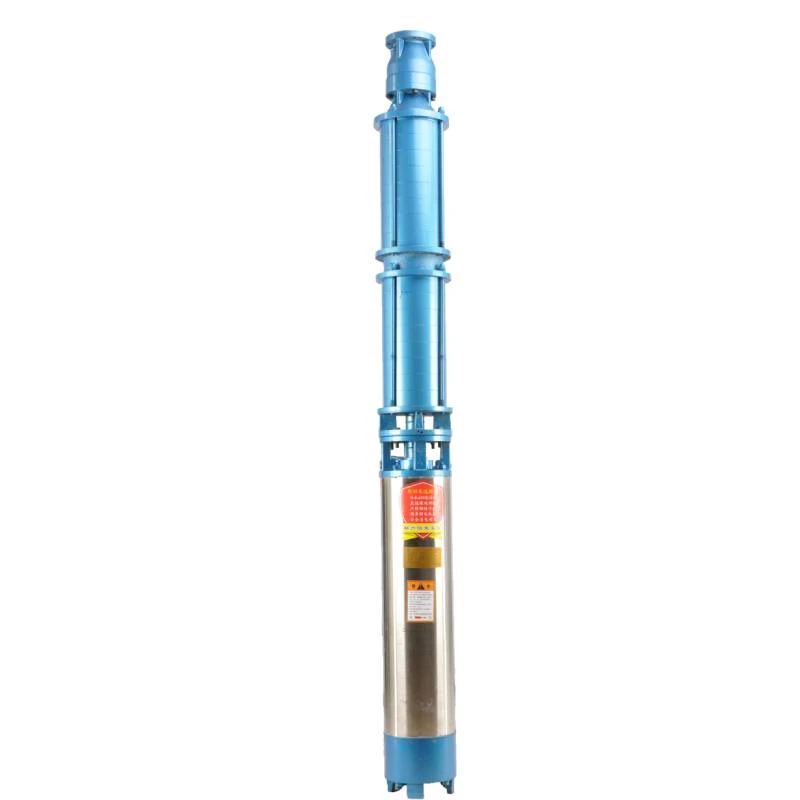Sult . 23, 2024 18:41 Back to list
Exploring the Benefits of Submersible Sump Pumps for Effective Water Management Solutions
Understanding Submersible Sump Pumps A Key Component for Effective Water Management
When it comes to maintaining a dry and functional basement or crawl space, submersible sump pumps play a crucial role. These machines, designed to be submerged in water, are typically used to remove accumulated water from areas prone to flooding, ensuring your home remains safe and dry. In this article, we will explore the workings, advantages, and considerations of submersible sump pumps, equipping homeowners with the knowledge needed to make informed decisions.
How Submersible Sump Pumps Work
Submersible sump pumps operate by sitting in a sump basin—a pit usually situated in the lowest part of your basement or crawl space. When water begins to fill the basin, the pump activates via a float switch, which is triggered by the water level rising. Once activated, the pump draws water into its housing and expels it through a discharge pipe, directing it away from the home’s foundation.
Most submersible pumps are equipped with an electric motor that drives the impeller. The impeller generates pressure, allowing the pump to move water even against gravity. Depending on the design and power of the pump, it can handle varying volumes of water, making it an essential tool for homeowners in areas with a high risk of water intrusion.
Advantages of Submersible Sump Pumps
1. Space Efficiency One of the primary advantages of submersible sump pumps is their compact design. Being submerged in the sump basin means these pumps take up minimal space, leaving your basement uncluttered.
2. Noise Reduction Submersible models are typically quieter than their pedestal counterparts. Since the motor is located underwater, the sounds of operation are muffled, contributing to a more peaceful home environment.
3. Effective Water Removal These pumps are designed for optimal effectiveness in removing water. They can handle large quantities of water and operate efficiently, providing fast relief in the event of unexpected flooding.
submersible sump pumps

5. Automatic Operation Many submersible sump pumps include automatic switches that activate based on water levels, allowing them to function without frequent manual intervention. This feature adds to the convenience and reliability of the system.
Considerations When Choosing a Submersible Sump Pump
When shopping for a submersible sump pump, several factors should be taken into account
1. Horsepower The horsepower rating of the pump determines its power and capability. Higher horsepower pumps can move larger volumes of water efficiently, which is vital for homes in flood-prone areas.
2. Discharge Size The discharge size refers to the diameter of the pipe used to expel water. Ensure the pump fits your existing plumbing or plan accordingly to accommodate a different-sized pipe.
3. Float Switch Type Different float switch designs are available, including tethered and electronic. Tethered floats tend to be more reliable due to their mechanical nature, while electronic floats can offer enhanced precision.
4. Check Valve Installing a check valve prevents water from flowing back into the sump basin when the pump shuts off, improving efficiency and protecting the pump.
5. Backup Systems Considering a backup power source, such as a battery-operated pump, is wise, especially in regions susceptible to power outages during storms.
Conclusion
Submersible sump pumps are an indispensable tool for managing water levels in your home. Their effectiveness, reliability, and durability make them an excellent choice for preventing water damage. By understanding how these pumps work and considering important factors when selecting one, homeowners can take proactive steps toward safeguarding their property from the damaging effects of a wet basement. Investing in a high-quality submersible sump pump not only protects your home but also gives you peace of mind during stormy weather and heavy rainfall. With the right pump in place, you can ensure that your basement remains dry and your home stays safe.
-
125QJR Deep Well Submersible Pump - High Performance & Reliable Water Supply
NewsAug.28,2025
-
Water Filled Submersible Pump
NewsAug.26,2025
-
The Ultimate Solution for Clean
NewsAug.26,2025
-
SS Submersible Pump
NewsAug.26,2025
-
Reliable Water Extraction from Great Depths
NewsAug.26,2025
-
Deep Well Submersible Pump
NewsAug.26,2025
-
 125QJR Deep Well Submersible Pump - High Performance & Reliable Water SupplyGet reliable, high-performance water with the 125QJR Deep Well Submersible Pump. Ideal for irrigation, agriculture, and industrial deep well applications. Experience efficient, continuous water supply. Shop now!Detail
125QJR Deep Well Submersible Pump - High Performance & Reliable Water SupplyGet reliable, high-performance water with the 125QJR Deep Well Submersible Pump. Ideal for irrigation, agriculture, and industrial deep well applications. Experience efficient, continuous water supply. Shop now!Detail -
 Water Filled Submersible PumpA water filled submersible pump is engineered for optimal cooling, eco-friendliness, and high efficiency, especially in applications involving clean or slightly sandy water.Detail
Water Filled Submersible PumpA water filled submersible pump is engineered for optimal cooling, eco-friendliness, and high efficiency, especially in applications involving clean or slightly sandy water.Detail -
 The Ultimate Solution for CleanWhen it comes to efficient water delivery from underground or submerged sources, a submersible pump stands as the go-to solution for homes, farms, ponds, and industrial sites.Detail
The Ultimate Solution for CleanWhen it comes to efficient water delivery from underground or submerged sources, a submersible pump stands as the go-to solution for homes, farms, ponds, and industrial sites.Detail
